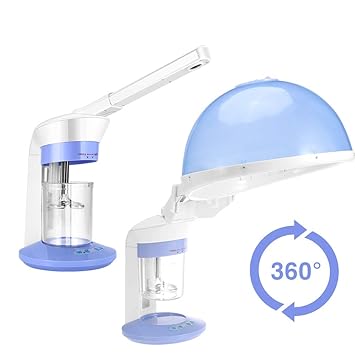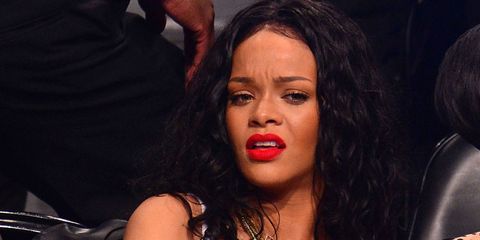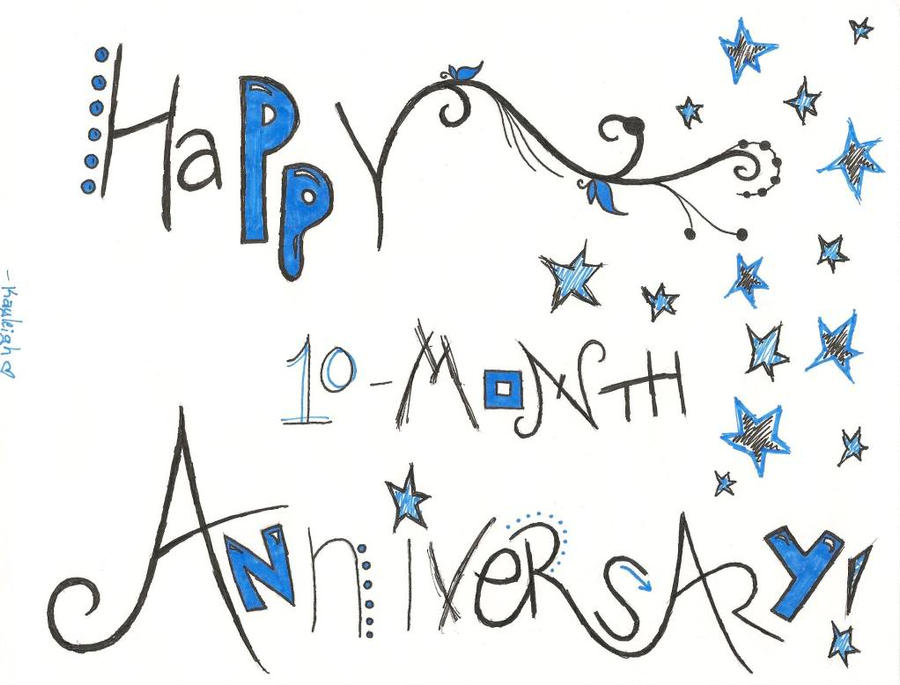
There are two main reasons why you should steam your locs: Moisture and Hydration.
Let’s get into it.
Moisture & Hydration
Moisture is important to all hair, but especially to locs. Once you loc your hair, it becomes harder for water to penetrate the hair and get to where it needs to be. That is why dry, brittle locs are a problem for loc wearers. This is also why those with locs are encouraged to drink plenty of water daily and spritz their hair with some kind of water or water based treatment.
Another factor to consider is living in a cold weather environment. The winter months can be brutally cold and dry. These conditions can have harsh effects on natural hair and locs. Without proper moisture, your hair will become brittle and eventually break off which makes steaming your locs even more important.
Hydrated locs will feel soft and look shiny and healthy, but the hydration needs to start on the inside first. On October 14, 2020, the U.S. National Academies of Sciences, Engineering, and Medicine, found that an adequate daily fluid intake is: About 15.5 cups (3.7 liters) of fluids a day for men. About 11.5 cups (2.7 liters) of fluids a day for women. Proper water intake is key to proper hydration for your overall health, body and hair!

The Benefits of Warm Steaming Your Locs
- Warm steam lifts your hair cuticle which allows treatments to penetrate the hair shaft. It also opens the pores in the scalp that allows for better absorption.
- Cleanses your scalp and locs by loosening up dirt and dead skin.
- Encourages blood flow to your hair follicles which promotes hair growth.
- Helps fight against dryness and breakage and instead gives you soft, shiny locs.
How To Steam Your Locs
Let’s be honest, hair steamers are not cheap. Just go to amazon.com and price them. But there are ways around this.
- Use your shower to steam your locs. It’s cheap and convenient.
- If you choose to purchase a home steamer with the hood, make sure you do your research and buy a quality one.
- Purchase a hand held steamer. It’s cheaper than a hooded steamer and you can take it anywhere you go.
- Boil a pot of water on your stove. Carefully sit it in front of you and hold your face and locs over it and take in all that nice steam.
- For ultimate moisture and hydration, oil your scalp with your favorite oil (preferably a light oil) before steaming your locs.
Happy steaming!



















